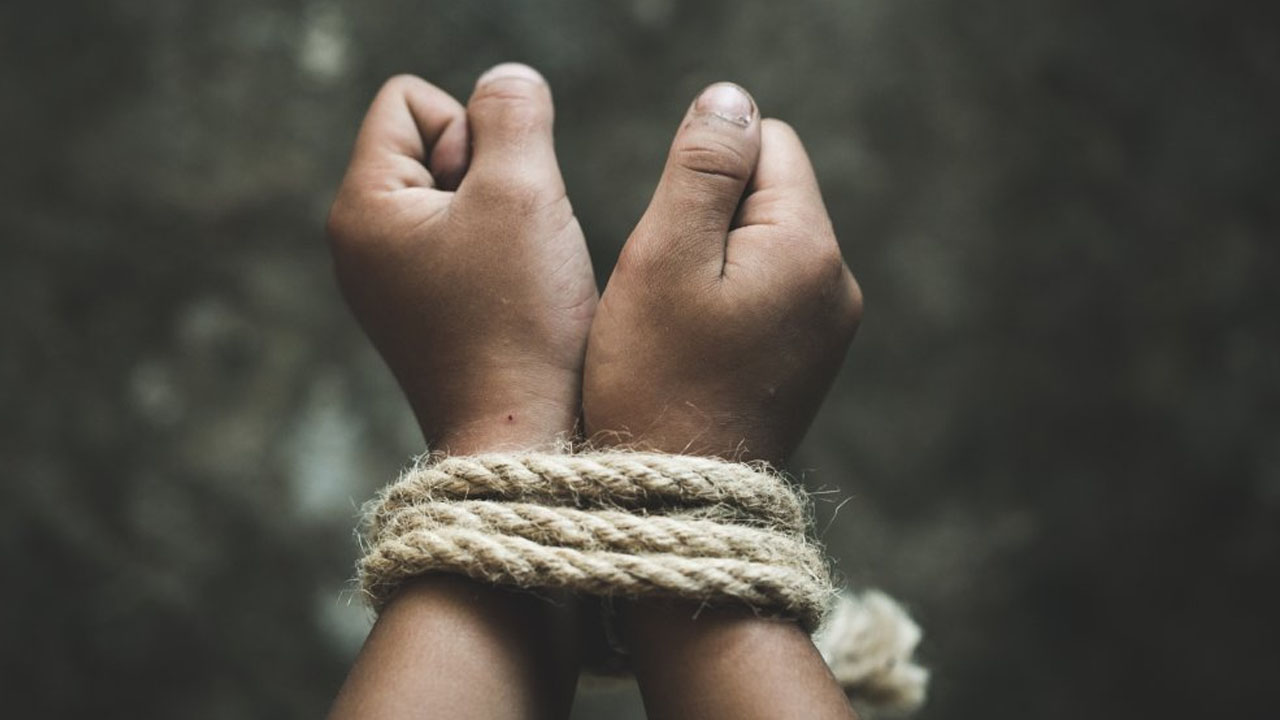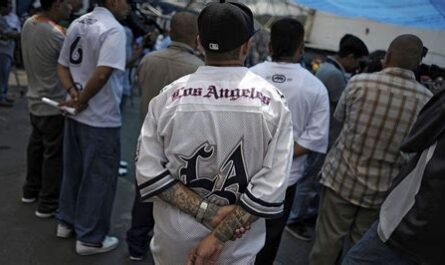Abstract:
Organized crime, with its clandestine operations and intricate networks, has long been a significant threat to societal order and stability. This essay delves into the depths of organized crime, offering a comprehensive analysis of its origins, structures, operations, and impacts. It examines the historical evolution of organized crime, the diverse forms it takes across different regions, and the complex web of criminal enterprises involved. Furthermore, the essay explores the mechanisms used by organized crime groups to maintain control and expand their illicit activities, including drug trafficking, human trafficking, extortion, and money laundering. Additionally, it discusses the challenges faced by law enforcement agencies in combating organized crime and the strategies employed to disrupt criminal networks and dismantle their operations. By shedding light on the inner workings of organized crime, this essay aims to enhance understanding of this pervasive phenomenon and inform efforts to combat it effectively.

Table of Contents:
I. Introduction
II. Historical Evolution of Organized Crime
III. Structures and Operations of Organized Crime Groups
IV. Criminal Enterprises of Organized Crime
A. Drug Trafficking
B. Human Trafficking
C. Extortion and Protection Rackets
D. Money Laundering
V. Impacts of Organized Crime
VI. Challenges in Combating Organized Crime
VII. Strategies for Disrupting Organized Crime
VIII. International Cooperation in Combating Organized Crime
IX. Conclusion
Introduction:
Organized crime represents a formidable challenge to law enforcement agencies and governments worldwide. With its sophisticated networks, diverse criminal enterprises, and global reach, organized crime poses significant threats to public safety, economic stability, and democratic institutions. This essay provides a comprehensive examination of organized crime, tracing its historical evolution, analyzing its structures and operations, exploring its criminal enterprises, assessing its impacts, and discussing strategies for combating it effectively.

Historical Evolution of Organized Crime:
Organized crime has deep roots in human history, with its origins dating back centuries. The evolution of organized crime can be traced through various historical epochs and cultural contexts, from ancient criminal syndicates and secret societies to modern transnational criminal networks. Some key historical milestones in the development of organized crime include:
- Ancient Criminal Syndicates: Ancient civilizations, such as the Roman Empire and the Byzantine Empire, were plagued by organized criminal syndicates engaged in activities such as smuggling, piracy, and extortion. These criminal groups operated in the shadows of society, exploiting vulnerabilities and corrupting institutions for their own gain.
- Prohibition Era: The prohibition era in the United States during the 1920s and 1930s gave rise to powerful organized crime syndicates, such as the Italian-American Mafia and the Irish Mob, involved in bootlegging, gambling, and other illicit activities. Prohibition created lucrative opportunities for criminal enterprises to profit from the illegal sale of alcohol, leading to the expansion of organized crime across the country.
- Post-World War II Era: The post-World War II era witnessed the rise of international organized crime networks, fueled by globalization, technological advances, and geopolitical tensions. Criminal organizations, such as the Sicilian Mafia, Colombian drug cartels, and Russian organized crime groups, emerged as major players in the global underworld, engaging in a wide range of criminal activities across borders.
Structures and Operations of Organized Crime Groups:
Organized crime groups operate within hierarchical structures characterized by secrecy, discipline, and loyalty. These groups often have centralized leadership, division of labor, and established codes of conduct to facilitate their illicit operations. Some common features of organized crime structures include:

- Hierarchical Organization: Organized crime groups typically have hierarchical structures with leaders at the top who oversee operations, make strategic decisions, and resolve disputes. Below the leadership are various levels of rank-and-file members, associates, and affiliates who carry out the group’s activities.
- Division of Labor: Organized crime groups employ a division of labor to allocate roles and responsibilities among their members based on their skills, expertise, and connections. This division of labor allows the group to operate efficiently and effectively across different criminal enterprises, such as drug trafficking, money laundering, and extortion.
- Codes of Conduct: Organized crime groups adhere to strict codes of conduct and rules of engagement to maintain discipline, loyalty, and secrecy within their ranks. Violations of these codes may result in expulsion, violence, or death, as the group relies on fear and intimidation to enforce compliance and deter betrayal.
- Networked Structures: In addition to hierarchical structures, organized crime groups often operate as decentralized networks, with fluid alliances, partnerships, and affiliations with other criminal organizations. These networks enable groups to collaborate on specific criminal ventures, share resources and information, and expand their reach across geographic regions and illicit markets.
Criminal Enterprises of Organized Crime:
Organized crime groups engage in a wide range of criminal enterprises, exploiting vulnerabilities in legal and regulatory frameworks to profit from illicit activities. Some of the primary criminal enterprises of organized crime include drug trafficking, human trafficking, extortion, and money laundering.
A. Drug Trafficking:
Drug trafficking is one of the most profitable and pervasive criminal enterprises associated with organized crime. Organized crime groups smuggle, produce, distribute, and sell illicit drugs, such as cocaine, heroin, methamphetamine, and synthetic opioids, on a global scale. These groups control key aspects of the drug trade, including cultivation, processing, transportation, and distribution, using violence, corruption, and intimidation to protect their interests and maintain control over lucrative drug markets.
B. Human Trafficking:
Human trafficking involves the recruitment, transportation, harboring, or exploitation of individuals through force, fraud, or coercion for the purposes of forced labor, sexual exploitation, or other forms of exploitation. Organized crime groups play a significant role in human trafficking networks, operating across borders and exploiting vulnerable populations, such as women, children, and migrants, for profit. These groups often collaborate with other criminal organizations, such as smuggling networks and prostitution rings, to facilitate the trafficking of human beings for commercial gain.




